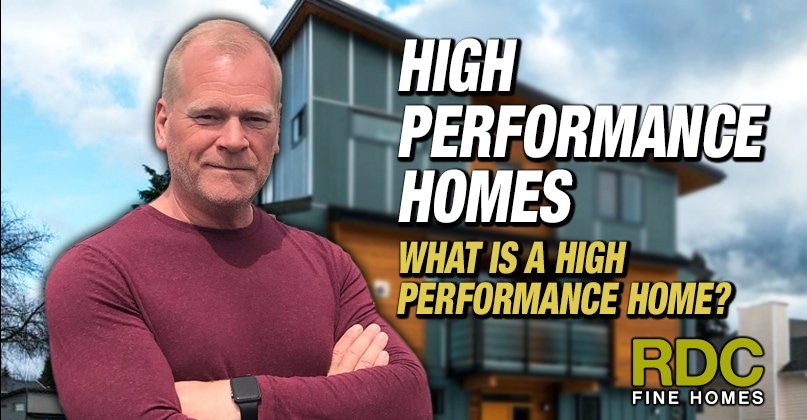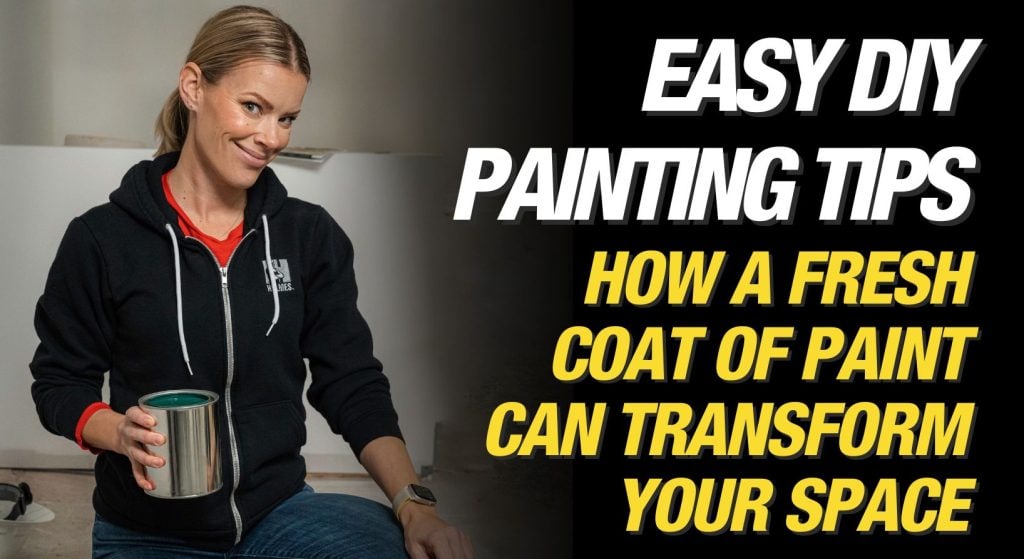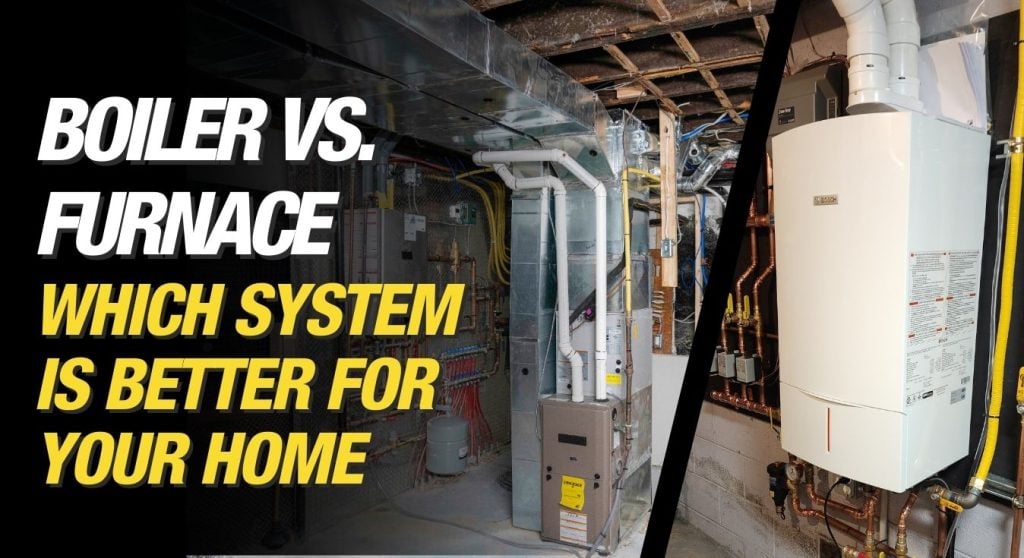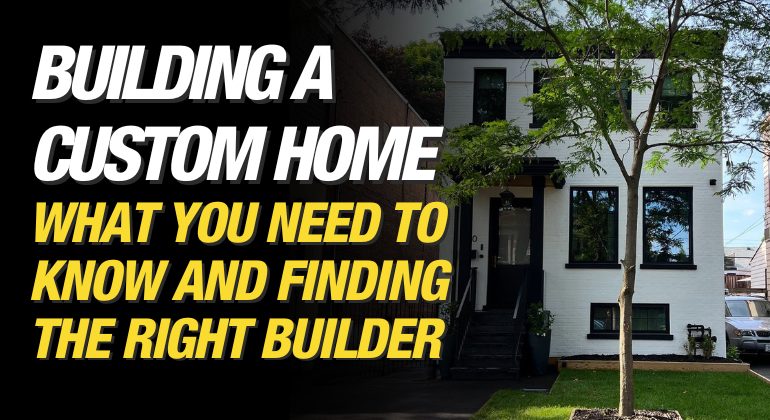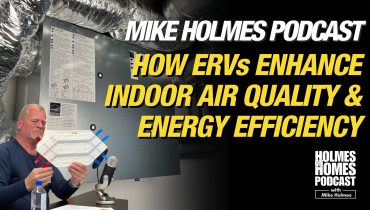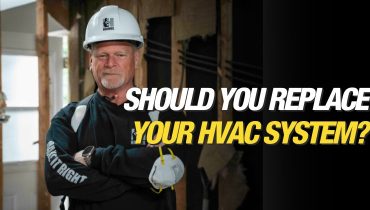When it’s time to replace your HVAC system, you have several options, each with its own benefits. Choosing the right HVAC system depends on your home’s size, climate, energy needs,...
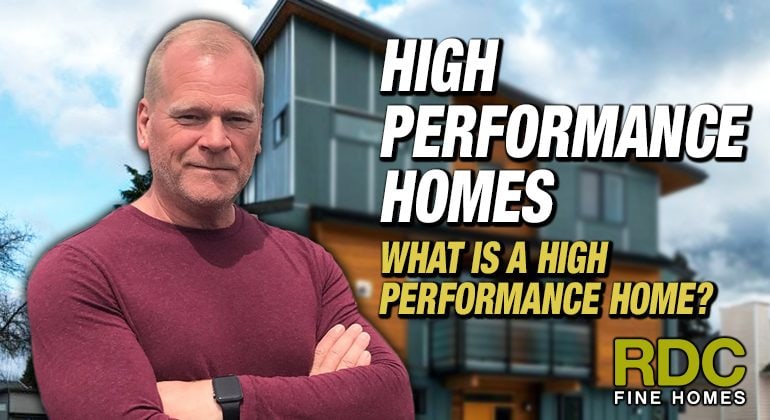
High Performance Homes
By Mike Holmes
Mike’s Advice / Buying & Selling Your Home
Wednesday, May 13th, 2020 @ 5:05pm
You know me – I’m all about building better. I’ve been working with home builders across the country to raise the stakes for all builders out there. I want our industry to go beyond minimum, and build homes that are safe, and that last.
We have a minimum building code we have to follow when building a home but I am not a “minimum” kind of guy. The code is much better than it used to be, it now provides guidelines for energy performance which I like but there are several non-code items that I recommend in order to make a “high performance home”. -.
So what makes a high performance home tick to me?
I see lots of luxury homes and people think it’s automatically a high performance structure, but that’s not always the case. It’s like putting your life savings into a glass vault with lots of bling on the inside and no substance in the parts that matter most.
To me, the true mark of a high performance home is pillared on 3 things that go beyond energy savings and take into consideration things like durability, value and health.
What is a high performance home?
Simply put, a high-performance home uses less energy, which keeping the homeowners healthy and comfortable. There are many performance labels out there, like LEED, ENERGY STAR, Passive House, Built Green etc.
A high performance home includes an HRV for healthy indoor air quality, more insulation and increased air tightness. Owning a high-performance home means:
- Increased overall comfort
- Lower energy bills
- Healthy Indoor Air Quality
- Increased Resale Value
- Lower greenhouse gas emissions
It is true that you may be paying more for a high-performance home, but you will deal with lower energy consumption costs.
A Well-Sealed Building Envelope
I build from the outside-in and high performance starts during the design stage. A designer will use energy modelling to test how a home will perform once built and engineers assess the home to meet a higher standard. By using better window systems, high performance insulations (yes, it costs more but saves you more over the long run), and air sealing techniques can build a structure that doesn’t leak air. Did you know that a drafty home can be responsible for up to 30% of a structure’s heat loss? Addressing air leaks will address heat loss and poor energy performance but that strategy must be coupled with one of ensuring we still get a fresh air cycle in our airtight home.
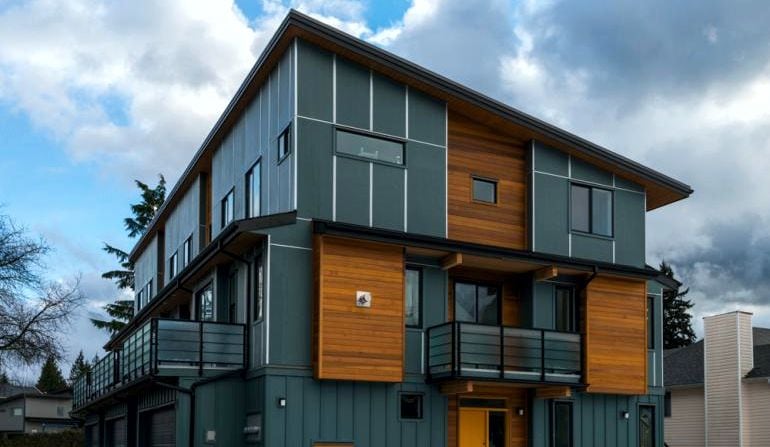
If you are buying a High Performance Home like this home from RDC Fine Homes, make sure you get the testing that validates the design estimates.
This can be done through an air leakage test using a blower door device that pressures the home and creates a reading on how long it will take for one full air change to occur. You can also get summary sheets for the energy modelling and make sure that you are getting what you pay for.
Creating Better Indoor Air Quality
A high performance home isn’t just energy efficient. It provides a healthier environment for you and your family. How does it do this?
When the home is built to be air tight – you need a method of cycling in fresh outdoor air, while exhausting the warm, moist air generated in your home by living in it (especially in kitchens and bathrooms). Enter the Heat Recovery Ventilator (HRV) which adjusts the temperature of the outdoor air to match your home, while expelling the moist indoor air. An HRV doesn’t perform the function of a furnace or air conditioning – its job is to constantly provide good quality air to your home.
A high performance home will take care of you. With a properly sealed building envelope and an HRV to regulate the indoor air quality, your furnace will provide exactly the right amount of conditioned air to every room, keeping it uniformly cool during the summer, and warm in the winter.
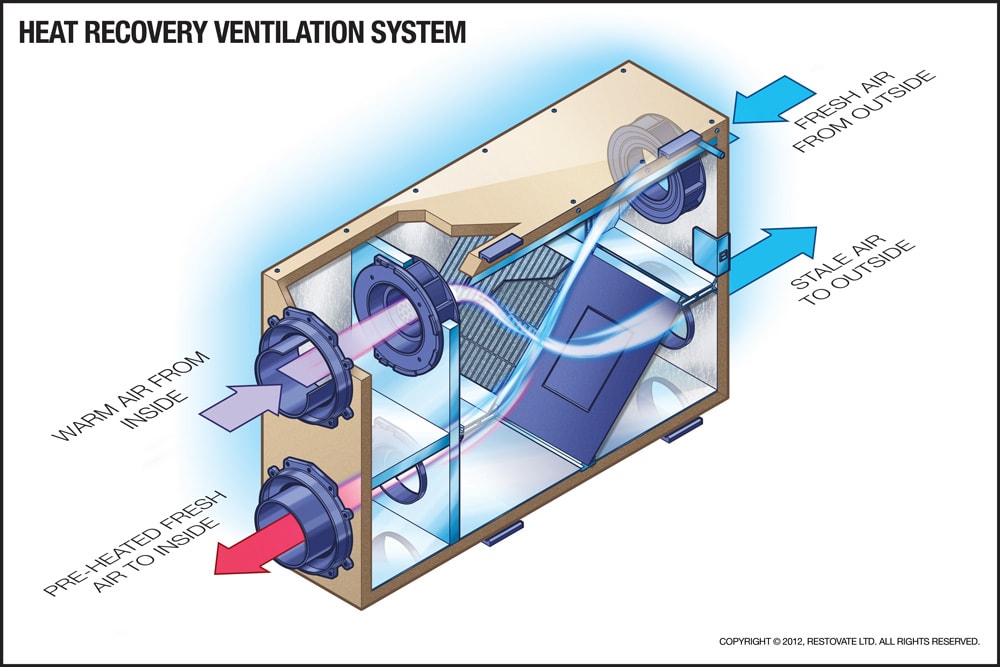
Keeping humidity under control will also reduce the risk of condensation in your home, which can lead to cases of mould and mildew.
RELATED
Watch the video below to see Bob Deeks, President at RDC Fine Homes explain what makes a High Performance Home.
Technology and Smart Homes
In today’s homes we expect a lot of functions and convenience from our devices and appliances. We are entering the “data age” (which can be kind of scary at times) that offers more information not only about how our home performs but also how we perform in the home. It is only when we understand that we have a role to play with our home to maintain it, improve it and use it in such a way that maximizes the home’s performance potential.
I like the new wi-fi control hubs coming onto the market, it means less cable and cost in the wall and greater convenience. I also like smart plugs and lights that modulate use based on times of day. Even a remotely operated skylight that is tied to your mobile phone can help you adjust the air flow and temperature of your home while you are sitting at the office.
There is a lot of potential for a new brand of home, a high performance home. I think that if we learn about what fits our needs best and take the time to research our options that homeowners can lead the builders to a better home by demanding one.
Pick your High-Performance Home Builder Carefully
I always talk about doing your research when picking your contractor or builder. Work with a builder who has a wealth of knowledge in this field and has strong partnerships with architects, energy consultants and designers. In British Columbia, RDC Fine Homes is the builder who makes it right when it comes to high-performance homes. They focus on real metrics (like EnerGuide Rating system and Air Changes per hour) to determine your home’s energy efficiency. Read more about them here.
READ NEXT
